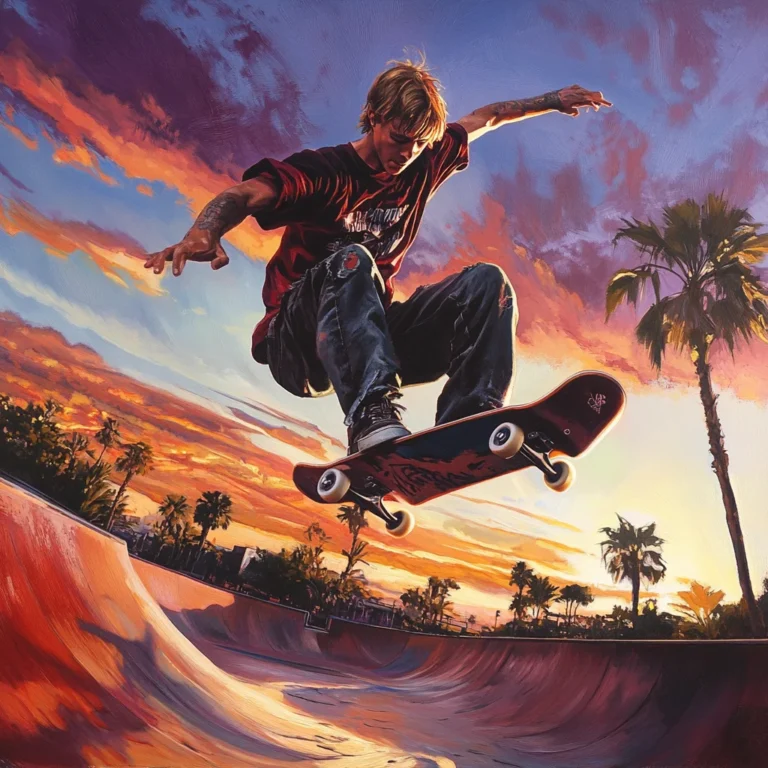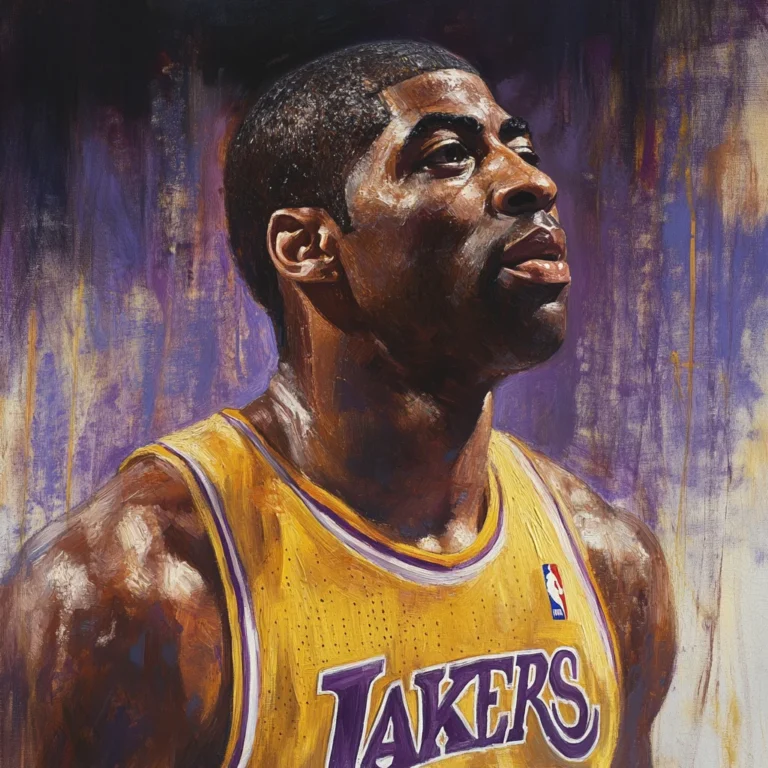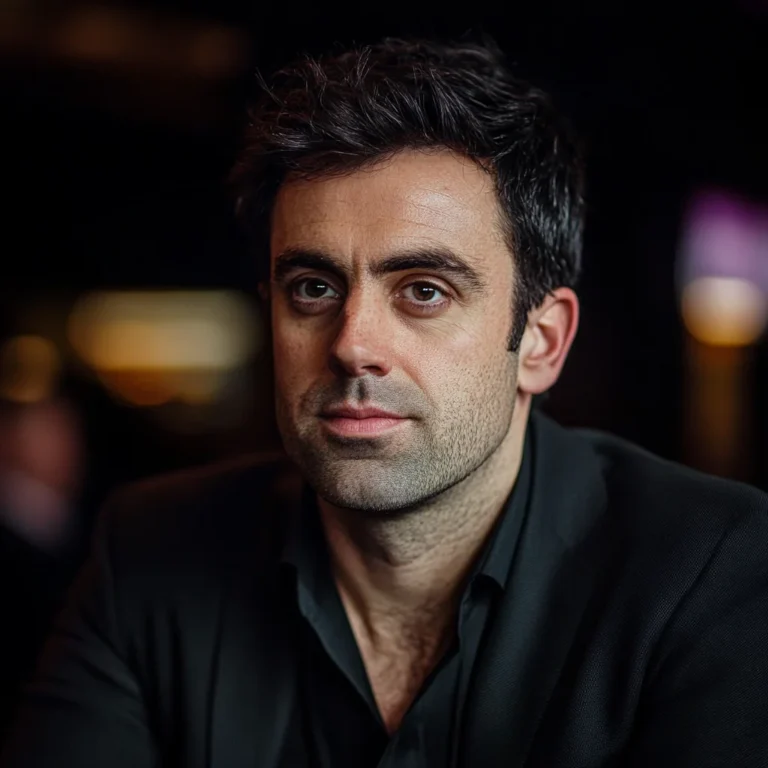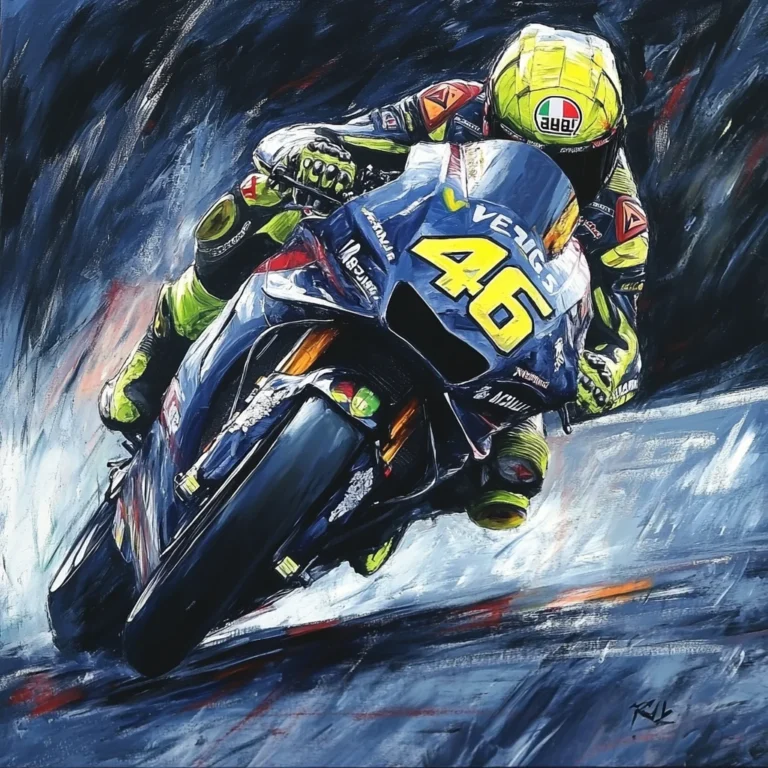Tony Hawk was born on May 12, 1968, in San Diego, California, and began skateboarding at the age of nine, quickly showing exceptional talent.
Hawk turned professional at just 14 years old, and by the age of 16, he was considered one of the top skateboarders in the world.
Hawk is best known for being the first skateboarder to successfully land a 900, a trick that involves completing two and a half mid-air revolutions, which he accomplished at the 1999 X Games.
Over his career, Hawk won 10 X Games gold medals and became a dominant force in vert skating competitions.
Hawk's impact on skateboarding extends beyond competition; he helped popularize the sport globally through his video game series, 'Tony Hawk's Pro Skater,' which became a cultural phenomenon.
In 1992, Hawk founded Birdhouse, a successful skateboard company that remains one of the most well-known brands in the industry.
Hawk is also known for his philanthropic efforts, having established the Tony Hawk Foundation in 2002 to help build skateparks in underserved communities across the United States.
Despite his success, Hawk faced challenges early in his career, including financial difficulties as skateboarding's popularity declined in the late 1980s, but he persevered and continued to push the sport forward.
Hawk has appeared in numerous films and television shows, including cameos in 'The Simpsons,' 'Jackass,' and 'Lords of Dogtown,' further cementing his status as a pop culture icon.
In 2009, Hawk became the first skateboarder to be inducted into the Skateboarding Hall of Fame, recognizing his contributions to the sport.
Hawk continues to inspire new generations of skateboarders, often sharing videos of himself skating and attempting new tricks well into his 50s.
Hawk is an accomplished businessman, with ventures ranging from video games to skateboards and apparel, making him one of the most successful athletes in the world.
In 2016, Hawk completed his final competitive 900 at the age of 48, showcasing his enduring skill and passion for skateboarding.
Hawk's influence extends to the next generation, as his son, Riley Hawk, has also become a professional skateboarder, continuing the family legacy in the sport.
Tony Hawk's legacy in skateboarding is unmatched, and he remains a global ambassador for the sport, inspiring millions to take up skateboarding and pursue their passions.
How useful was this post?
Click on a star to rate it!



